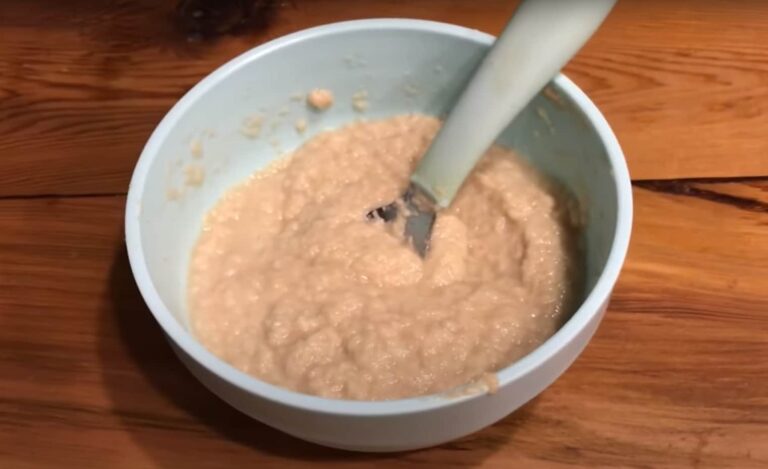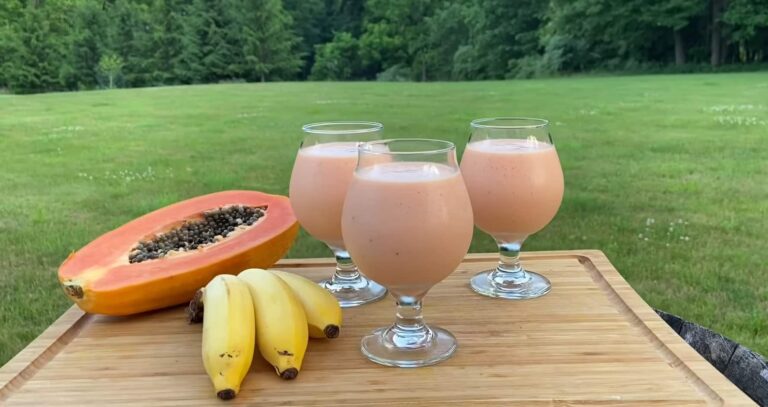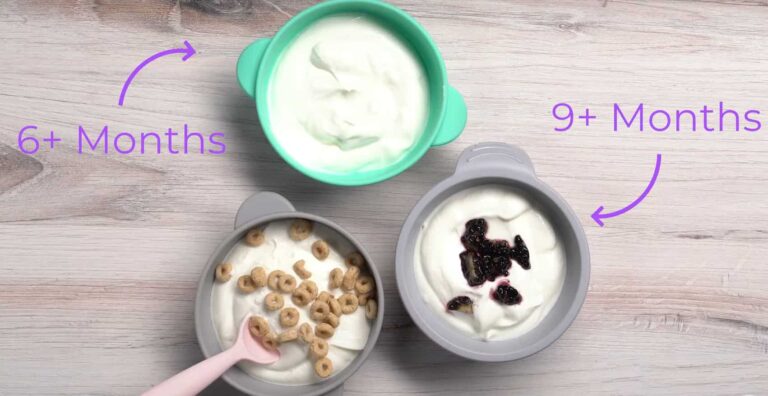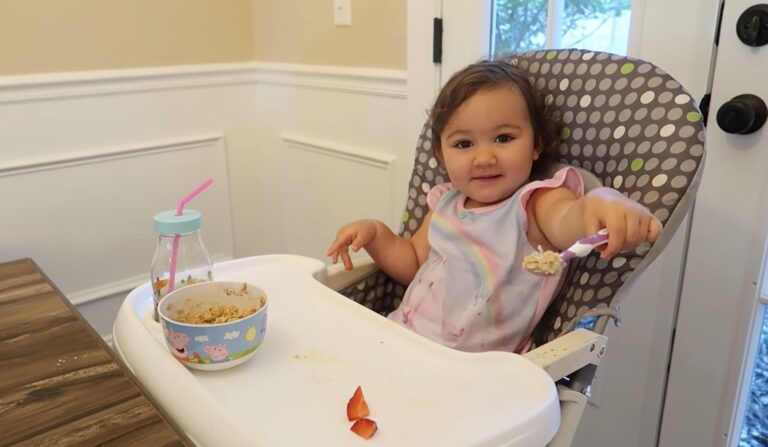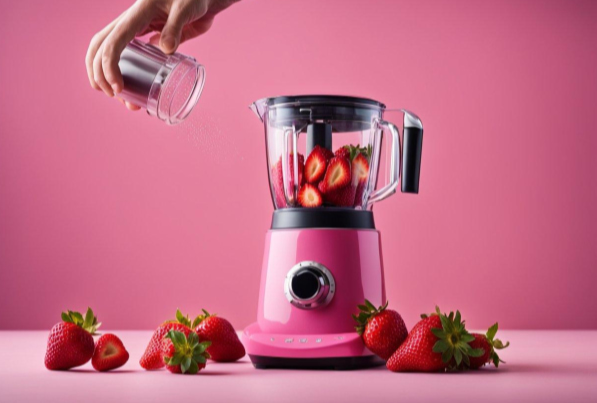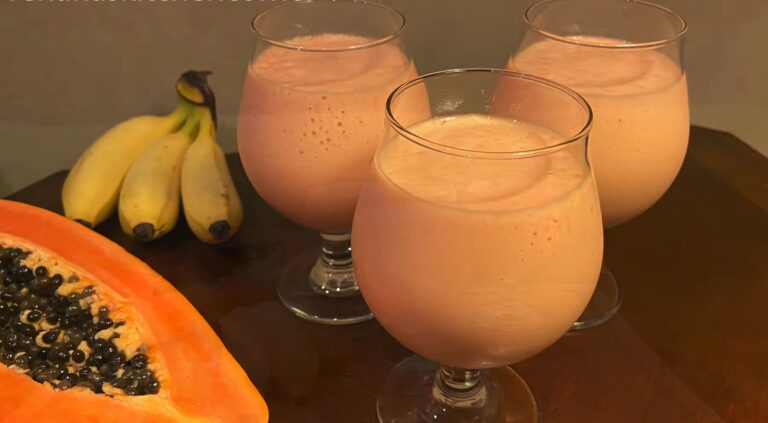How to make banana puree for 6 months baby?
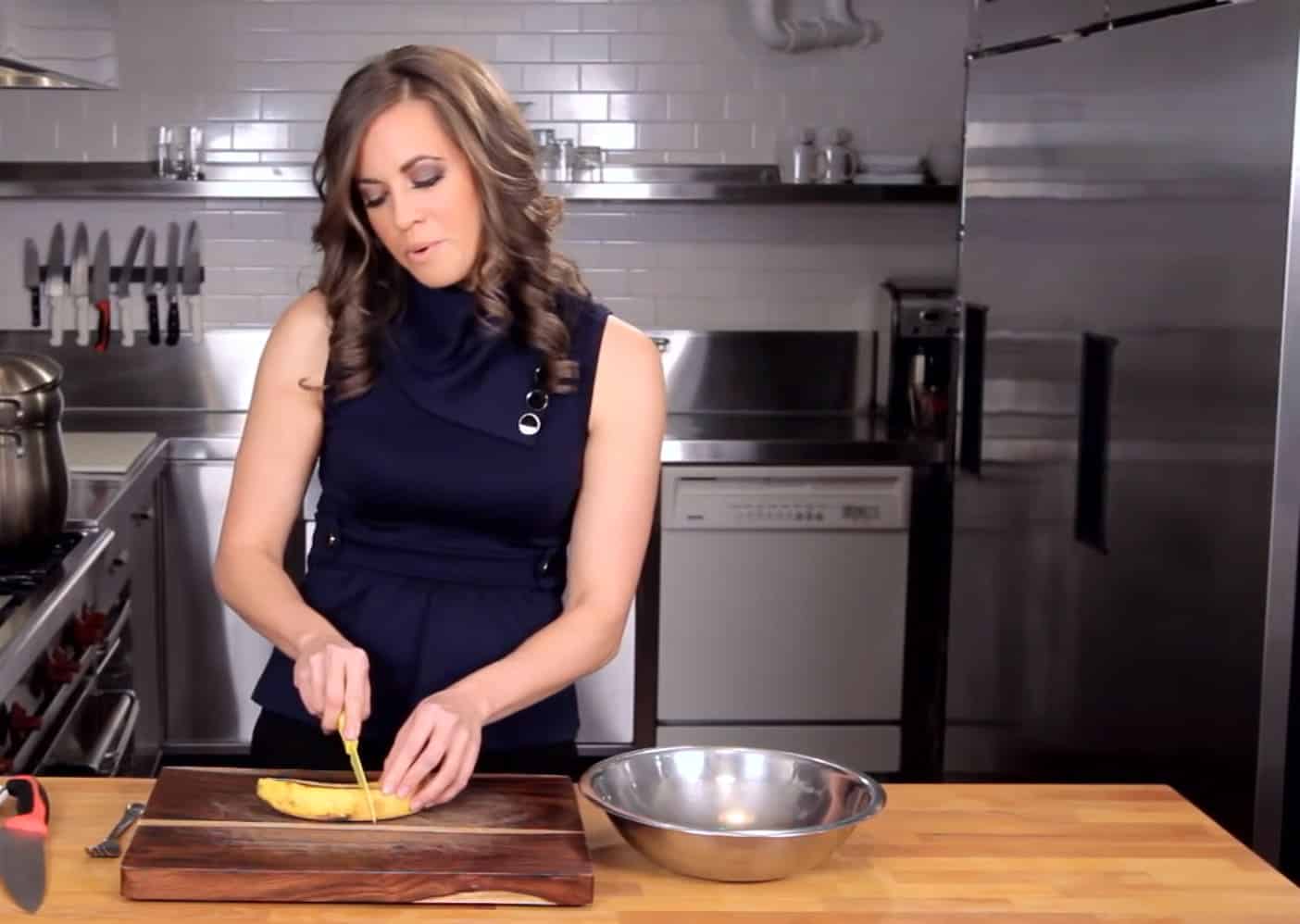
To make banana puree for a 6-month-old baby, simply mash a ripe banana until smooth and serve. Bananas are a nutritious and popular choice for introducing solids to your baby’s diet.
Packed with essential nutrients like potassium and vitamin C, bananas are easy to digest and gentle on your baby’s tummy. Making banana puree is a quick and simple process that requires only a ripe banana and a fork or blender.
Whether you choose to mash the banana by hand or use a blender for a smoother texture, your baby will enjoy the sweet and creamy taste of banana puree. Remember to always introduce new foods one at a time and consult with your pediatrician before starting solids.
Choosing The Right Bananas For Baby Puree
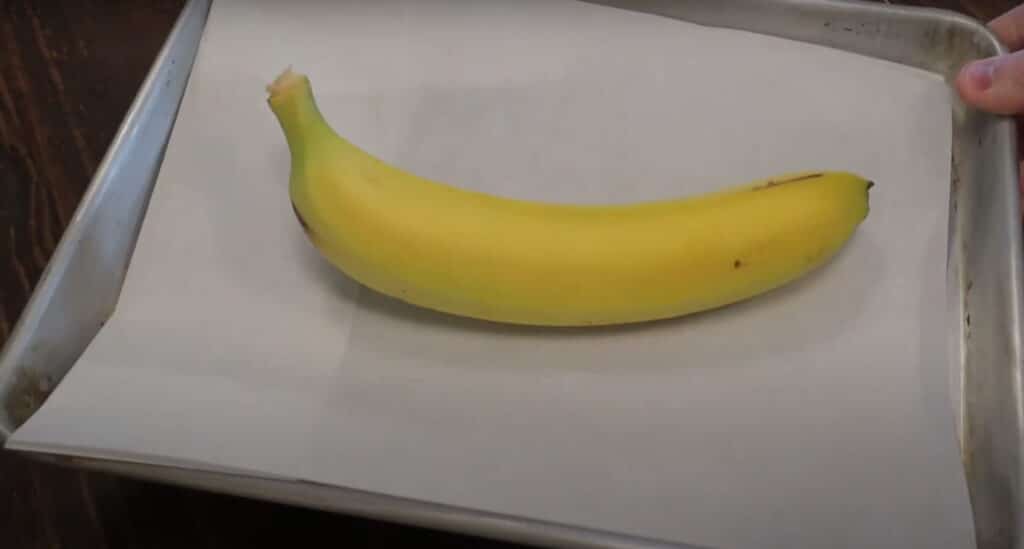
Introducing solid foods to your baby is an exciting milestone, and one of the first foods on the menu is often banana puree. Bananas are not only delicious and easily digestible, but they are also packed with essential nutrients for your little one’s growth and development. However, when it comes to making banana puree for your 6-month-old baby, choosing the right bananas is crucial. In this article, we’ll explore the two important aspects of selecting bananas for baby puree: selecting ripe and soft bananas and avoiding overripe ones.
Selecting Ripe and Soft Bananas
If you think about choosing bananas for your baby’s puree then the key is to select ripe and soft bananas. The ideal bananas for pureeing are those that are fully ripened but not overly so. Here are a few tips to help you pick ripe and soft bananas:
- Look for bananas with yellow skins that are not too green or too brown. The perfect banana will have a bright yellow color with just a few speckles of brown.
- Gently squeeze the banana to assess its firmness. A ripe banana should give in slightly when you apply gentle pressure. If it feels too firm, it might not be fully ripe.
- Check the stem of the banana. If the stem is still green, it indicates that the banana is not yet fully ripe. On the other hand, if the stem is brown, it might be a sign of an overripe banana.
Avoiding Overripe Bananas
While ripe bananas are ideal for making baby puree, it’s important to avoid using overripe bananas. Overripe bananas tend to be mushy, and overly sweet and may have a strong banana flavor that could overpower your baby’s taste buds. Here are a few tips to help you avoid overripe bananas:
- Avoid bananas that have a lot of brown spots or a completely brown and mushy appearance. These are signs of overripeness.
- Smell the banana. Overripe bananas give off a stronger, sweeter aroma compared to ripe bananas. If the smell is too strong or overpowering, it might be too ripe for your baby.
- If possible, try to peel a small section of the banana to check its texture. If it feels mushy and has a slimy texture, it is best to discard it.
By selecting ripe and soft bananas and avoiding overripe ones, you can ensure that the banana puree you prepare for your 6-month-old baby is flavorful, nutritious, and easy for them to digest. Now that you know how to choose the right bananas for baby puree, you’re one step closer to introducing this delicious and nutritious food to your little one’s diet!
Preparing The Bananas For Puree
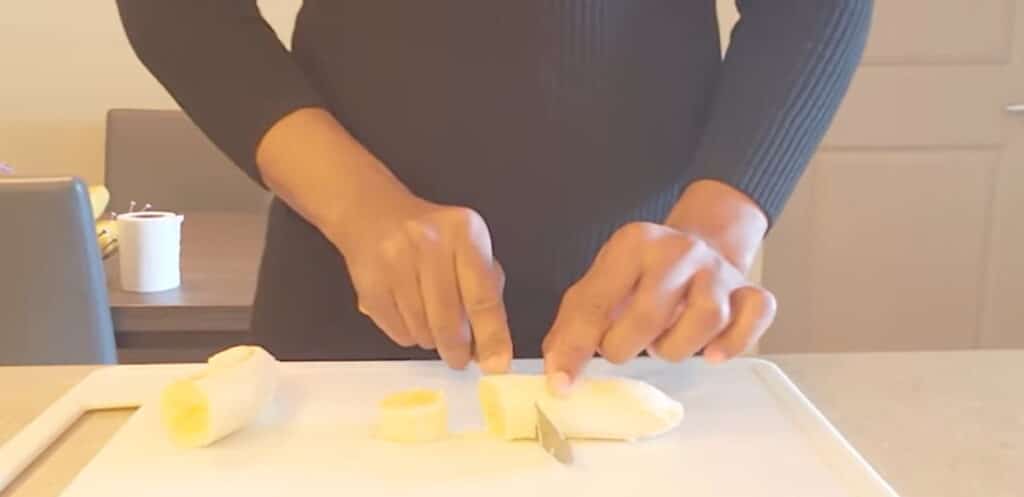
Packed with essential nutrients and natural sweetness, it’s a delicious and healthy choice. Preparing banana puree for your little one is quick and easy, and in this post, we’ll guide you through the process step by step. In this section, we’ll focus on how to prepare the bananas for puree.
Washing the Bananas
Before starting the preparation, it’s crucial to ensure that your bananas are clean. Washing the bananas might seem like a simple step, but it’s essential to remove any dirt or residue that could be present on the skin. This helps in maintaining hygiene and reducing the chances of any contaminants reaching the puree.
Peeling the Bananas
Once your bananas are washed, it’s time to peel them. To peel a banana, hold the fruit with one hand and gently press your thumb against the stem end. Apply a little pressure, and the skin will start to split. Continue peeling the skin downwards until the entire banana is exposed. Removing the skin not only makes the fruit easier to handle but also eliminates the need to strain the puree later on.
Removing Any Brown Spots
After the bananas are peeled, check for any brown spots on the fruit. Brown spots indicate overripeness, and while they may not be harmful, they can affect the texture and taste of the puree. Use a clean knife or spoon to scrape off any brown spots from the banana. This ensures a smooth and visually appealing puree for your baby.
By following these simple steps of washing the bananas, peeling them, and removing any brown spots, you are now ready to move on to the next phase of making the banana puree for your 6-month-old baby.
Making The Banana Puree
Making the banana puree is a simple and nutritious way to introduce solid foods to your 6-month-old baby. Bananas are a great choice as they are easy to digest and packed with essential vitamins and minerals. In this section, we will discuss the process of making banana puree for your little one, from mashing the bananas to introducing new flavors and enhancing the nutritional value of the puree.
Mashing the Bananas to the Desired Consistency
To begin, select ripe bananas that are soft and easy to mash. Peel the bananas and place them in a bowl. Using a fork, carefully mash the bananas until you achieve the desired consistency. You may want to mash the bananas into a smooth puree for younger babies. Older babies who are ready for more texture may prefer a slightly lumpy puree. Remember to remove any strings or fibrous pieces from the mashed bananas before feeding.
Adding Liquid (if necessary)
In some cases, you may need to add a small amount of liquid to the banana puree to achieve a smoother consistency. Breast milk or formula is a great option as it adds additional nutrients to the puree. Start by adding a teaspoon of breast milk or formula to the mashed bananas and mix well. Gradually increase the amount of liquid until you reach the desired consistency. Remember to only add a small amount at a time to avoid making the puree too runny.
Mixing in Other Ingredients (optional)
While banana puree can be enjoyed on its own, you can also mix in other ingredients to add variety and flavor. Some popular options include mashed avocado, cooked sweet potato, or a spoonful of plain yogurt. These additions not only introduce new tastes to your baby but also provide additional nutrients. To mix in other ingredients, simply combine them with the mashed bananas and mix well until you achieve a smooth and uniform consistency.
Introducing New Flavors
As your baby gets comfortable with banana puree, you can start introducing new flavors to expand their palate. Some common options include cinnamon, nutmeg, or a small amount of vanilla extract. These flavors can be added to the mashed bananas or mixed in with other ingredients. It’s important to start with small amounts to ensure that your baby doesn’t have any adverse reactions. Always consult with your pediatrician before introducing new flavors to your baby’s diet.
Enhancing Nutritional Value
To enhance the nutritional value of the banana puree, you can incorporate other fruits or vegetables. For example, you can blend in some spinach or kale for added iron and vitamin A. Additionally, you can mix in berries such as blueberries or strawberries for antioxidants and vitamin C. Remember to introduce one new ingredient at a time and monitor your baby for any allergic reactions. Experimenting with different combinations of fruits and vegetables will not only provide a variety of flavors but also ensure that your baby gets a range of essential nutrients.
Storing And Serving Banana Puree
When introducing solid foods to your little one, banana puree is a fantastic option. Not only is it easy to prepare, but it is also packed with essential nutrients that promote healthy growth and development.
Proper Storage Containers
Once you have made a delicious batch of banana puree for your 6-month-old baby, it is crucial to store it correctly to maintain its freshness and quality. Choosing the right storage containers is the first step towards achieving this.
When selecting a container for your baby’s banana puree, opt for BPA-free plastic or glass jars with airtight lids. These containers help to prevent any unwanted odors or flavors from seeping in and keep the puree fresh for longer periods.
Freezing the Puree for Later Use
If you have made a large batch of banana puree and want to use it at a later time, freezing is a simple and convenient option.
Using ice cube trays is an excellent method to portion out your banana puree. Simply pour the puree into the individual compartments of the tray, cover it with plastic wrap, and allow it to freeze until solid. Once frozen, remove the cubes from the tray and transfer them to a freezer-safe bag for long-term storage.
Alternatively, freezer bags are another option. Pour the puree into individual serving sizes, squeeze out any excess air, and seal the bags tightly. Be sure to label the bags with the date, as this will help you keep track of their freshness.
Thawing and Reheating the Puree
When it is time to serve the banana puree to your baby, proper thawing and reheating techniques ensure that it is safe and delicious.
Thawing the frozen puree can be done by transferring a portion of it from the freezer to the refrigerator the night before. Allow it to thaw overnight, then gently warm it in a microwave or stovetop until it reaches a comfortable temperature for your baby.
To keep the puree’s nutrition intact, avoid using high heat or boiling it. Instead, opt for gentle warming methods like using a bowl of warm water or a bottle warmer.
Making Mealtime Enjoyable for Your Baby
Mealtime is not just about feeding your baby nutritious food; it is also an opportunity for them to explore new tastes and textures. Making mealtime enjoyable for your little one can help to foster a positive relationship with food from an early age.
Offering your baby a variety of flavors and incorporating different fruits or vegetables into their meals can make each feeding session a new and exciting experience. Additionally, consider introducing age-appropriate utensils, plates, and bowls to encourage independent eating.
Remember to supervise your baby during mealtime and promote a relaxed and calm environment. Keep in mind that every baby is unique, so it’s essential to pay attention to their cues and preferences.
Safety Tips For Feeding Banana Puree
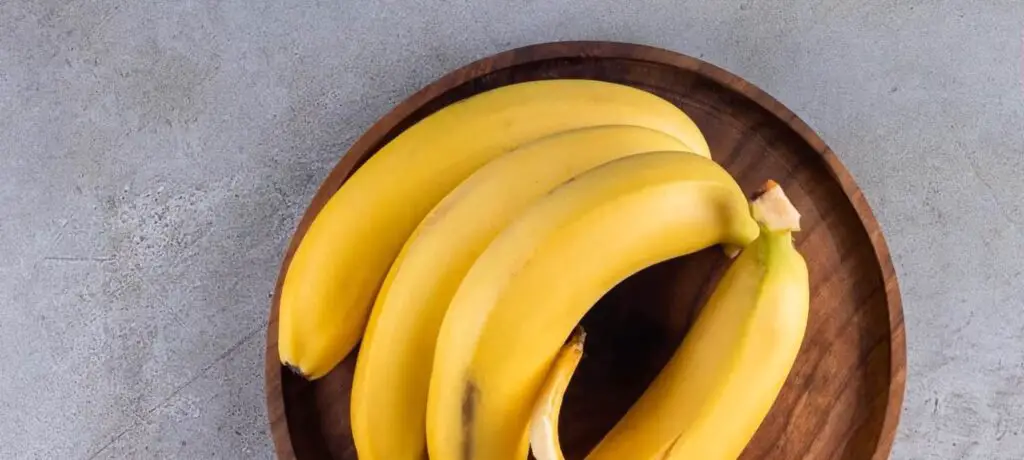
Safety Tips for Feeding Banana Puree
When it comes to introducing solid foods to your baby, one of the first and most popular choices is banana puree. Rich in vital nutrients and easy to digest, bananas are a great option for babies aged 6 months and older. However, it is important to follow some safety tips to ensure a smooth and safe feeding experience. In this article, we will discuss three key safety tips to keep in mind when feeding banana puree to your little one.
Checking for Allergic Reactions
Before introducing any new food to your baby, it is crucial to check for allergic reactions. Although rare, some babies may have a sensitivity or allergy to bananas. To check for any adverse reactions, start by offering a small amount of mashed banana and observe your baby for any signs of allergy, such as rash, hives, vomiting, or difficulty breathing. If your baby shows any of these symptoms, stop giving bananas immediately and consult a pediatrician.
Introducing New Foods Gradually
When introducing solid foods to your baby, including banana puree, it is important to take it slow and introduce one new food at a time. This allows you to identify any potential allergies and helps your baby’s digestive system adjust to new flavors and textures. Start by offering a small amount of mashed banana once a day for a few days. If your baby tolerates it well and shows no signs of allergy, you can gradually increase the amount and frequency of banana puree.
Monitoring Your Baby’s Feeding Progress
As you introduce banana puree to your baby’s diet, it is essential to monitor their feeding progress. Look for signs that indicate your baby is ready for solid foods, such as good head control and sitting up with minimal support. Keep an eye on their response to banana puree – if they seem eager and actively swallow the puree without any difficulties, it indicates a positive feeding experience. On the other hand, if your baby consistently spits out or refuses the puree, it may be a sign that they are not ready for solids yet. In such cases, it is advisable to wait a little longer before trying again.
In conclusion, safety is of utmost importance when introducing new foods, including banana puree, to your 6-month-old baby. Checking for allergic reactions, introducing new foods gradually, and monitoring your baby’s feeding progress are crucial steps to ensure a safe and enjoyable feeding experience. By following these safety tips, you can confidently introduce banana puree to your little one’s diet, providing them with a nutritious and delicious start to their solid food journey.
Additional Recipes and Variations
It’s not mandatory that you only give banana puree to your child. You can make different types of variations with bananas to make them more delicious. One such fusion is the banana and avocado smoothie. Trust me, your baby will like this. This mix not only tantalizes the baby’s taste buds but also packs a nutritional punch, providing essential fats and vitamins crucial for brain development. Another heartwarming variation is the banana and oatmeal puree. The gentle, grounding nature of oats complements the banana’s flavor, creating a wholesome meal that ensures sustained energy and aids digestion, especially beneficial for babies adjusting to solid foods. These variations not only diversify the baby’s palate but also ensure a balanced intake of nutrients, making mealtime both fun and nourishing.
Frequently Asked Questions For How To Make Banana Puree For 6 Months Baby
How much banana puree should I give my 6-month-old?
For banana puree, you can begin by offering around 2-3 teaspoons once a day. Keep an eye on your baby’s cues and appetite, gradually increasing the portion size as they grow more accustomed to eating solid foods
Can I mix banana puree with other fruits or vegetables?
Absolutely! Mixing banana puree with other fruits or vegetables is a great way to introduce new flavors and provide additional nutrients to your baby’s diet. Just ensure that the other fruits or vegetables you choose are appropriate for your baby’s age and have been properly cooked or pureed for easy digestion.
Can I use frozen bananas for making puree?
Yes, you can use frozen bananas to make puree. However, keep in mind that the texture of frozen bananas may be slightly different compared to fresh ones.
Can I feed banana puree if my baby has constipation?
Bananas are known for their binding properties, so if your baby is experiencing constipation, it might be best to avoid feeding them banana puree until their digestive system settles.
How long can I store banana puree in the freezer?
If you have made a big batch of banana puree and want to save some for later, you can store it in the freezer for up to 3 months.
Can I Give My 6-Month-Old Banana Puree?
Yes, you can give your 6-month-old banana puree. It is a soft and easy-to-digest food that can be introduced into their diet.
Can I Give My 6-Month-Old Real Banana?
Yes, you can give your 6-month-old real banana. It is a soft fruit that provides essential nutrients for their growth.
Is It OK to Give Banana Puree To Baby?
Yes, it’s safe to give banana puree to babies. It’s easy to digest and packed with nutrients like potassium and vitamins. Start with small amounts and watch for any allergic reactions.
Conclusion
To conclude, making banana puree for a 6-month-old baby is a simple and nutritious way to introduce solid foods. It provides essential vitamins and minerals crucial for their development. By following the easy steps outlined you can ensure your little one gets a taste of this delicious and healthy treat.
Remember to consult your pediatrician for any specific recommendations or concerns. Happy feeding!

